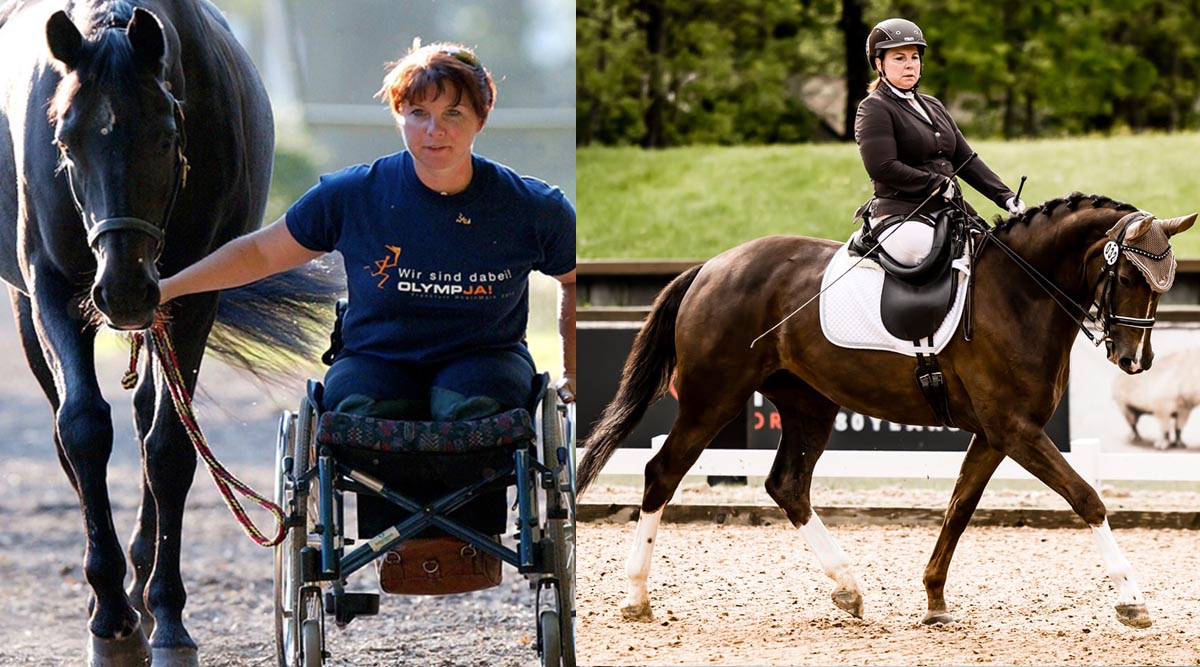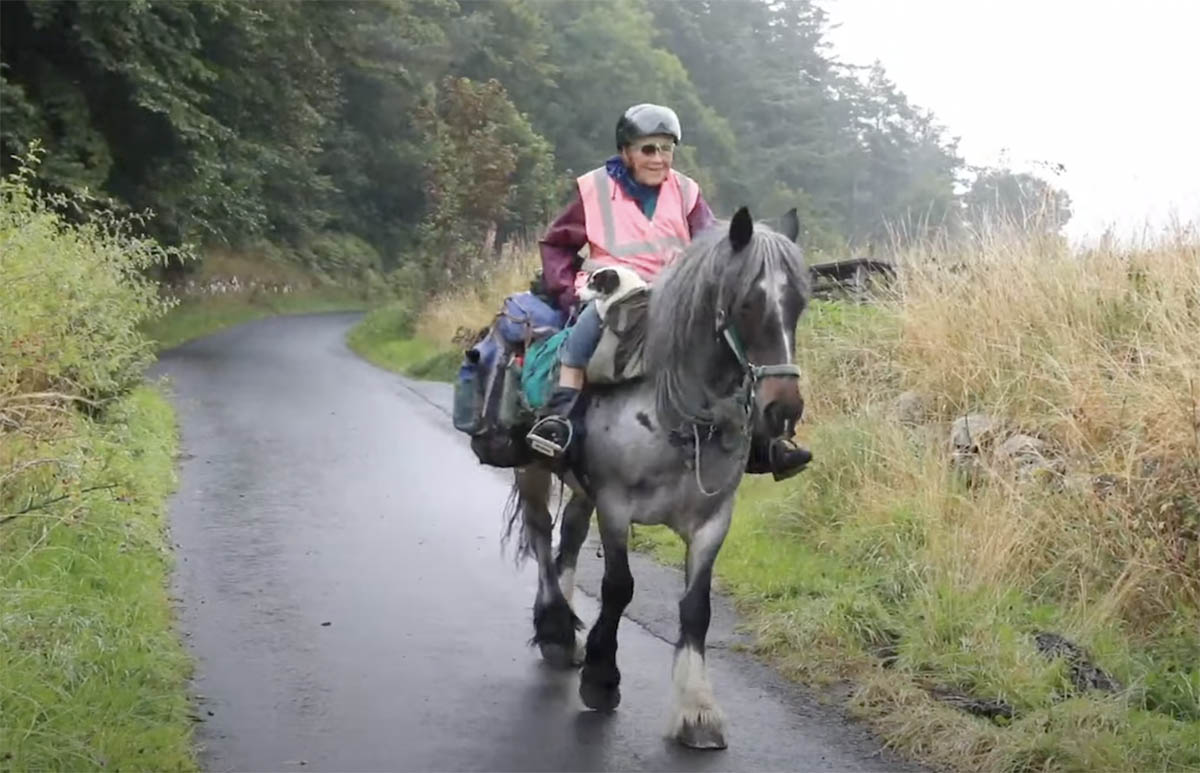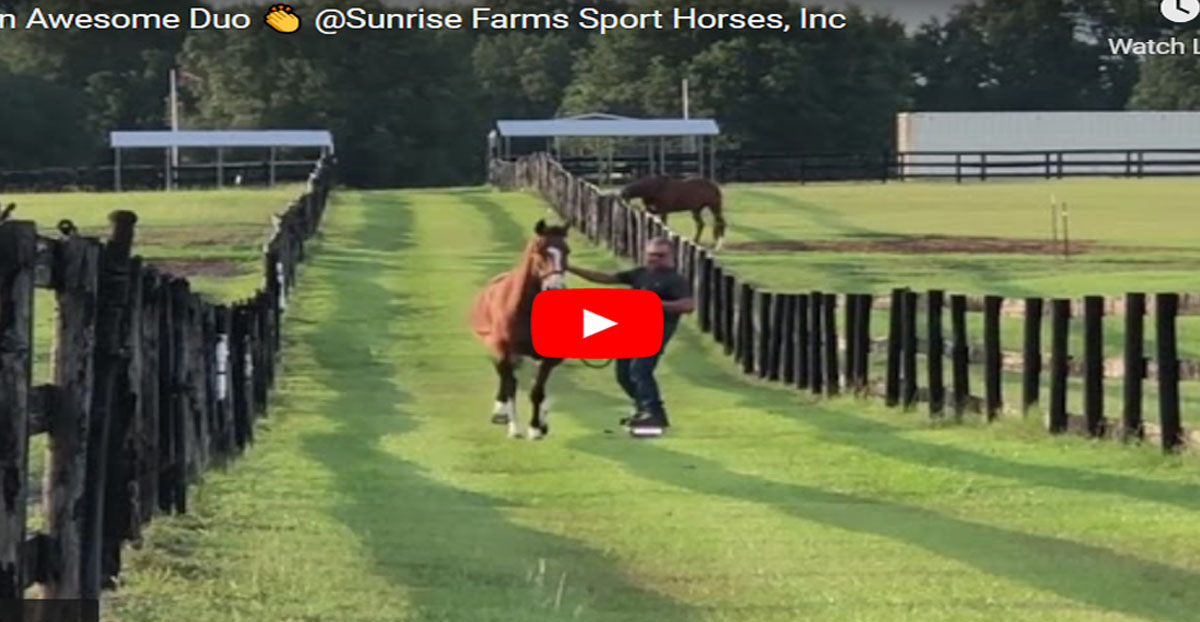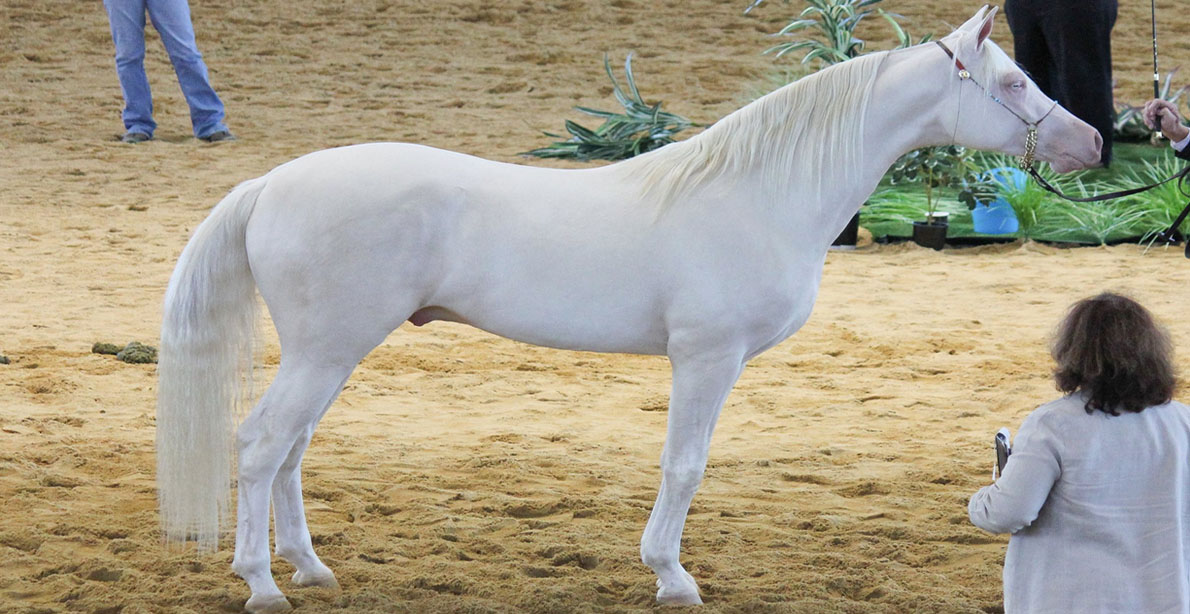Sarcoids In Horse
Multiple treatments and management plans do exist for dealing with equine sarcoids. First of all, a sarcoid is a nonmetastatic, benign skin tumor peculiar to horses. They can exist literally at any skin-covered location; they vary in size as well as their ability to recur.
Sarcoids can be firm and round or may appear as clustered masses, while others (less frequent) are flat and take on the appearance of hairless thickened skin. Those that do protrude from the surface of the skin can be easily abraded, bleed, or appear ulcerated - thus the term "blood wart" in some of the older texts. In other cases, the tumors are only of cosmetic concern.
The location and size can determine the significance and risk to the horse. For example, those around the eye can be both bothersome and in some cases negatively affect vision. Others are of concern as they often are traumatized and can develop secondary infection. And those involving the ears can cause a great deal of irritation and even behavioral problems.
A positive diagnosis can usually be obtained by taking a small but representative piece of the tissue for examination by a trained veterinary pathologist. In most cases it is best to confirm a diagnosis, because other skin tumors can have a similar appearance. The list of possibilities would include fibroma; papilloma (equine warts); squamous cell carcinoma (which can be more invasive and serious); melanomas; and severe local bacterial and parasitic created masses.
An accurate diagnosis is very useful and at times is the only way to determine the best course of action. That said, often veterinarians who have seen and treated lots of these will diagnose them with a great deal of confidence from their appearance.
In most instances, but not all, surgical removal is the first treatment choice. The risk of such surgery depends upon the location and size of the mass or masses. The key is to remove all the abnormal cells. A variety of techniques are available for removal, including excision with a scalpel, electro-cautery and laser. The first attempt is generally performed with sedation, local anesthesia and a scalpel. The ideal removal leaves sufficient skin for primary closure with sutures, but that varies with the location and size.
Most of the time a complete surgical removal is successful. However, some of these growths can be recurring and difficult to manage and thus additional therapies are available and are designed to lessen the likelihood of recurrence. The list includes cryotherapy (selective tissue destruction via controlled freezing); hyperthermia (selective tissue destruction via controlled local increase in temperature); radiotherapy (use of locally applied or directed radiation); immunotherapy (for the most part this method is for sarcoids only and consists of creating a local immune response to the abnormal cells); and chemotherapy (locally applied or injected chemotherapeutic agents).
In all these treatments the goal is selective death of the abnormal cells and thus are the same procedures which exist for people. There are however, considerations before selecting these therapies.
Cryotherapy, for example, can be as simple as using local applications of liquid nitrogen - the "risk", however, is in knowing what enough is and not too much, thus creating a large wound or adversely affecting adjacent tissues (nerves, for example).
Radiotherapy requires the use of locally applied applications of radiation and requires special licensing to be used and thus increased costs.
Immunotherapy utilizes specific vaccines which act as stimulants for a local immune response � thus they are injected into the mass. The use of locally applied or injected chemotherapeutic agents is a reasonably recent addition, and the acquisition and expenses can be difficult.
What then would be a suggested approach, assuming that a given horse has a suspected skin tumor? The process begins with having the horse examined and preferably having the mass or masses biopsied to determine the type. I suspect that in most instances, veterinarians will elect to surgically excise the tumor in the hope that it does not return. The surgical procedure is determined by the size, location and temperament of the horse. In other words, it may well be safer and more effectively done under general anesthesia if the sarcoid is in a particularly precarious location or the horse has a "police record."
The other therapies could then be considered if the mass returns. Based on my experience, I believe that radiation therapy is the most effective with regard to preventing recurrence, but it requires special licensing and expertise.
In some instances one can very easily and in good conscience decide to do nothing, assuming that the mass is not easily traumatized and does not involve more vital structures. There are multiple products on the market that are used as simple local applications. I honestly am unable to provide much information, other than what I hear, about the efficiency of these products.
In summary, equine sarcoids are common. Their respective risk to the horse`s health or performance is determined by their location and size. And in most instances, they can be effectively treated.
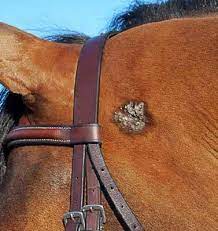
Sarcoids can be firm and round or may appear as clustered masses, while others (less frequent) are flat and take on the appearance of hairless thickened skin. Those that do protrude from the surface of the skin can be easily abraded, bleed, or appear ulcerated - thus the term "blood wart" in some of the older texts. In other cases, the tumors are only of cosmetic concern.
The location and size can determine the significance and risk to the horse. For example, those around the eye can be both bothersome and in some cases negatively affect vision. Others are of concern as they often are traumatized and can develop secondary infection. And those involving the ears can cause a great deal of irritation and even behavioral problems.
A positive diagnosis can usually be obtained by taking a small but representative piece of the tissue for examination by a trained veterinary pathologist. In most cases it is best to confirm a diagnosis, because other skin tumors can have a similar appearance. The list of possibilities would include fibroma; papilloma (equine warts); squamous cell carcinoma (which can be more invasive and serious); melanomas; and severe local bacterial and parasitic created masses.
An accurate diagnosis is very useful and at times is the only way to determine the best course of action. That said, often veterinarians who have seen and treated lots of these will diagnose them with a great deal of confidence from their appearance.
In most instances, but not all, surgical removal is the first treatment choice. The risk of such surgery depends upon the location and size of the mass or masses. The key is to remove all the abnormal cells. A variety of techniques are available for removal, including excision with a scalpel, electro-cautery and laser. The first attempt is generally performed with sedation, local anesthesia and a scalpel. The ideal removal leaves sufficient skin for primary closure with sutures, but that varies with the location and size.
Most of the time a complete surgical removal is successful. However, some of these growths can be recurring and difficult to manage and thus additional therapies are available and are designed to lessen the likelihood of recurrence. The list includes cryotherapy (selective tissue destruction via controlled freezing); hyperthermia (selective tissue destruction via controlled local increase in temperature); radiotherapy (use of locally applied or directed radiation); immunotherapy (for the most part this method is for sarcoids only and consists of creating a local immune response to the abnormal cells); and chemotherapy (locally applied or injected chemotherapeutic agents).
In all these treatments the goal is selective death of the abnormal cells and thus are the same procedures which exist for people. There are however, considerations before selecting these therapies.
Cryotherapy, for example, can be as simple as using local applications of liquid nitrogen - the "risk", however, is in knowing what enough is and not too much, thus creating a large wound or adversely affecting adjacent tissues (nerves, for example).
Radiotherapy requires the use of locally applied applications of radiation and requires special licensing to be used and thus increased costs.
Immunotherapy utilizes specific vaccines which act as stimulants for a local immune response � thus they are injected into the mass. The use of locally applied or injected chemotherapeutic agents is a reasonably recent addition, and the acquisition and expenses can be difficult.
What then would be a suggested approach, assuming that a given horse has a suspected skin tumor? The process begins with having the horse examined and preferably having the mass or masses biopsied to determine the type. I suspect that in most instances, veterinarians will elect to surgically excise the tumor in the hope that it does not return. The surgical procedure is determined by the size, location and temperament of the horse. In other words, it may well be safer and more effectively done under general anesthesia if the sarcoid is in a particularly precarious location or the horse has a "police record."
The other therapies could then be considered if the mass returns. Based on my experience, I believe that radiation therapy is the most effective with regard to preventing recurrence, but it requires special licensing and expertise.
In some instances one can very easily and in good conscience decide to do nothing, assuming that the mass is not easily traumatized and does not involve more vital structures. There are multiple products on the market that are used as simple local applications. I honestly am unable to provide much information, other than what I hear, about the efficiency of these products.
In summary, equine sarcoids are common. Their respective risk to the horse`s health or performance is determined by their location and size. And in most instances, they can be effectively treated.



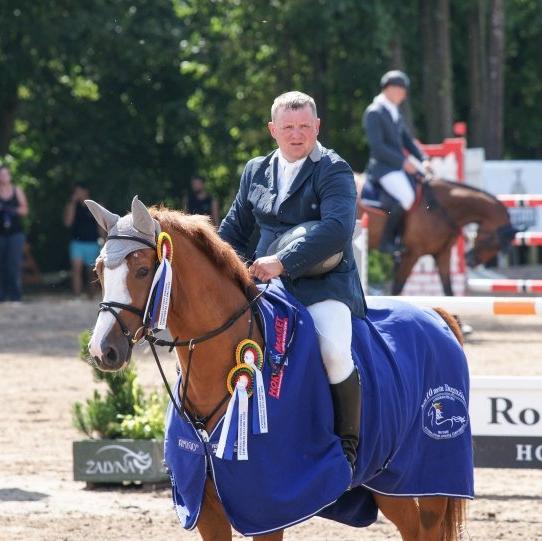

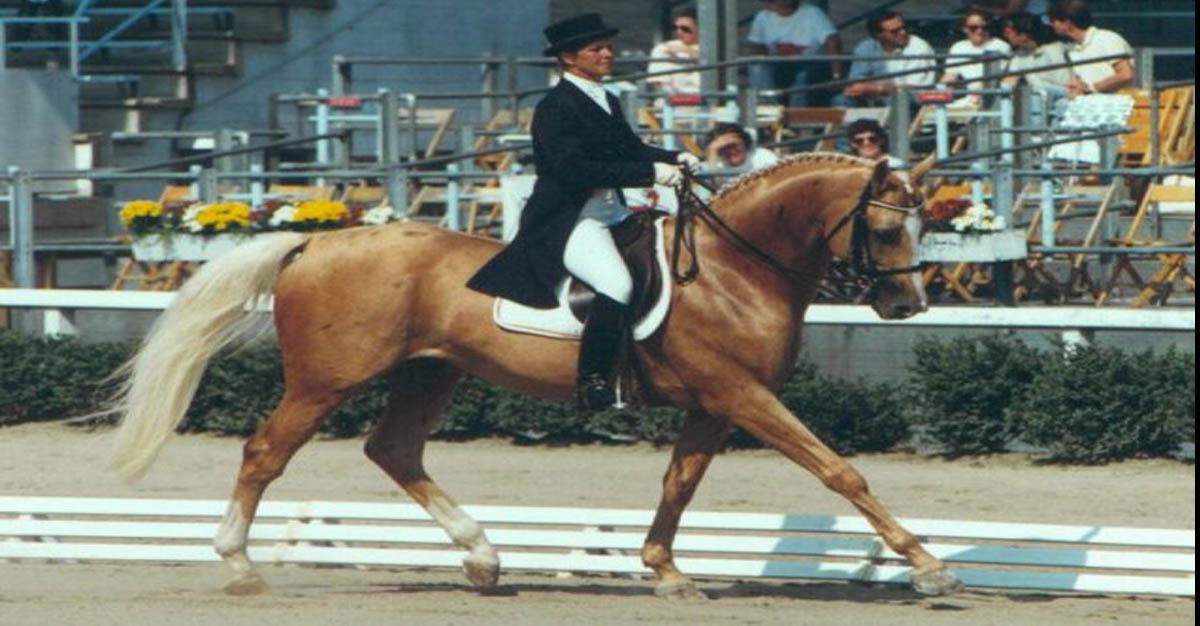



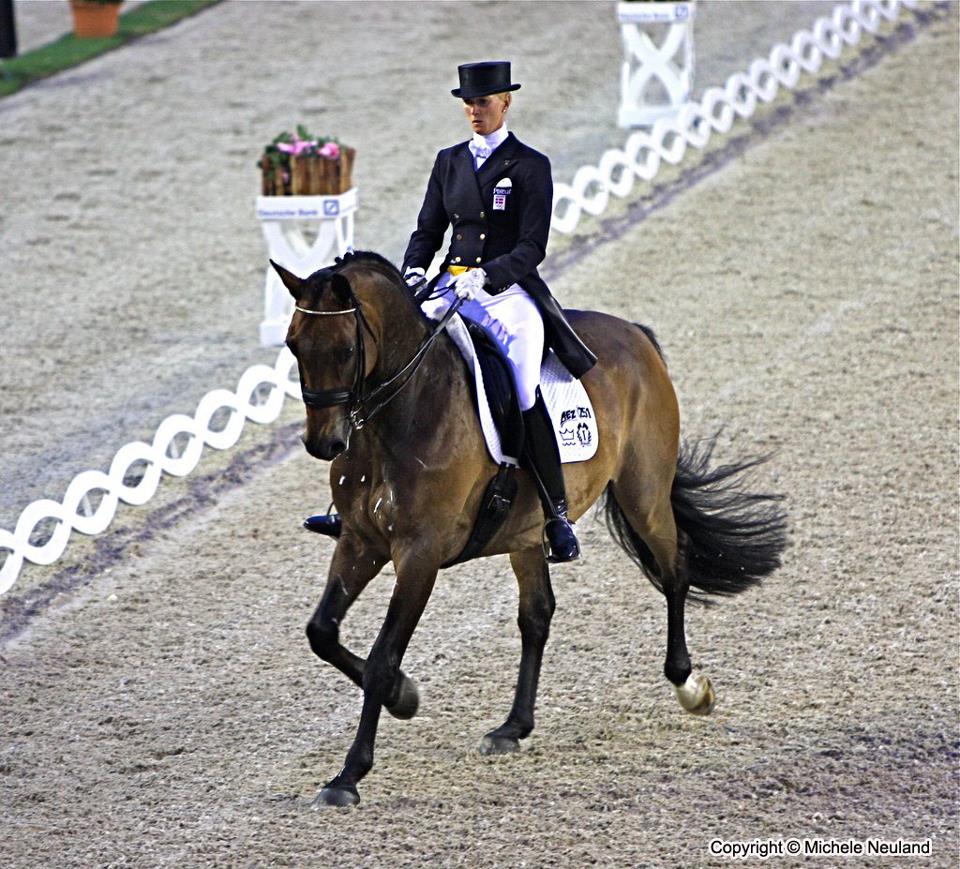
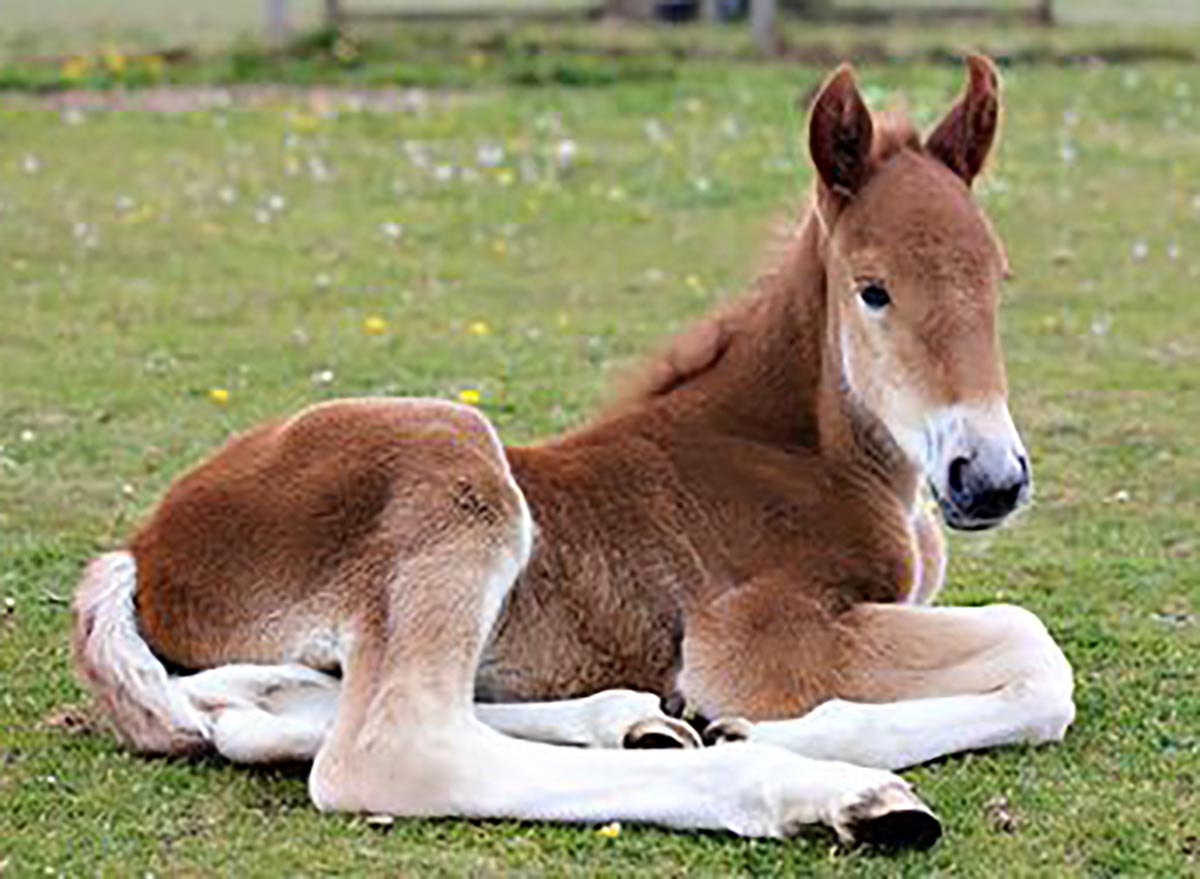
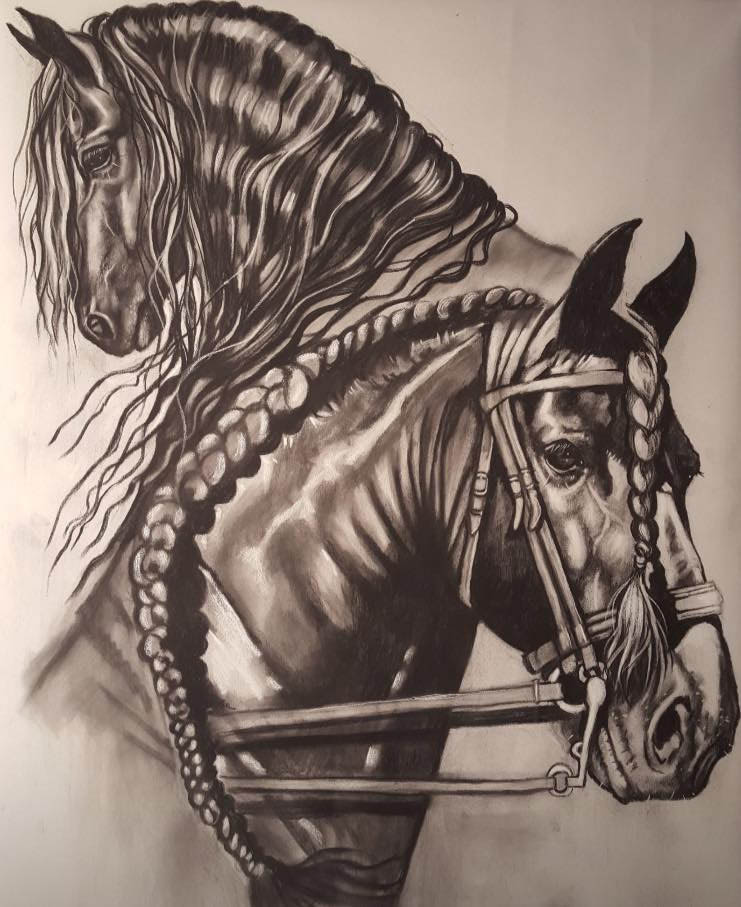
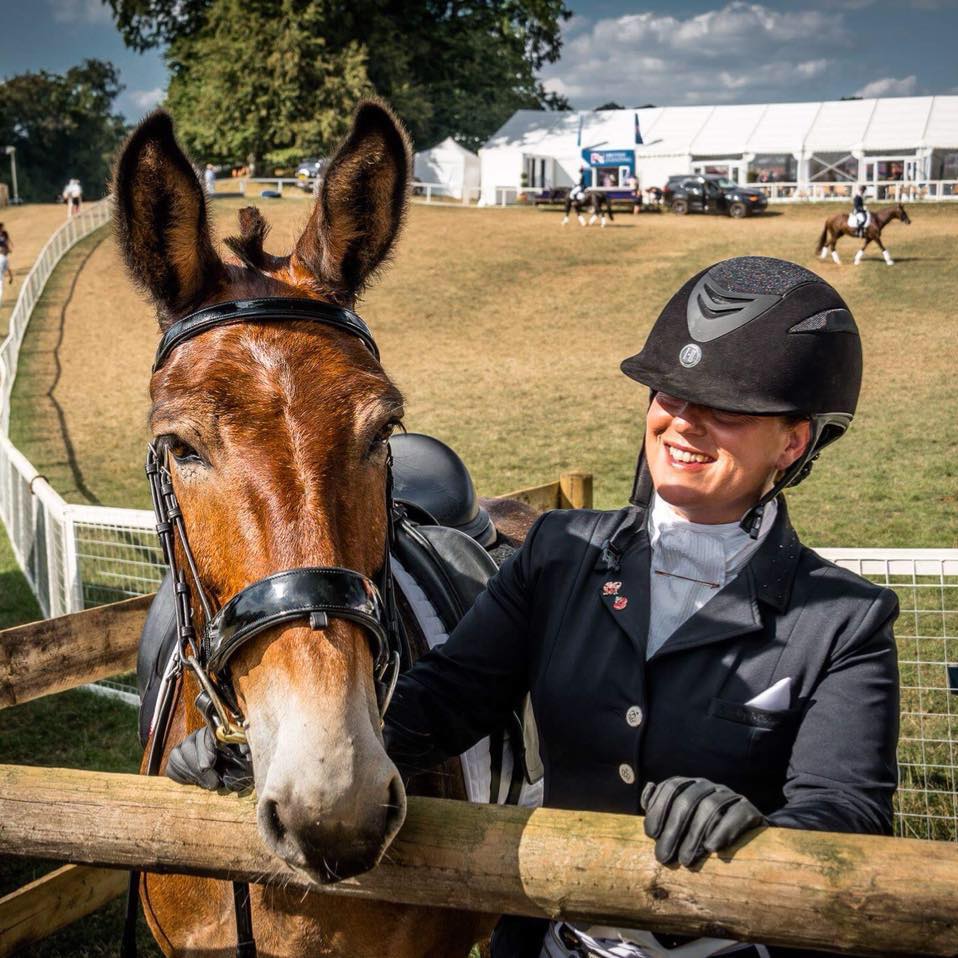


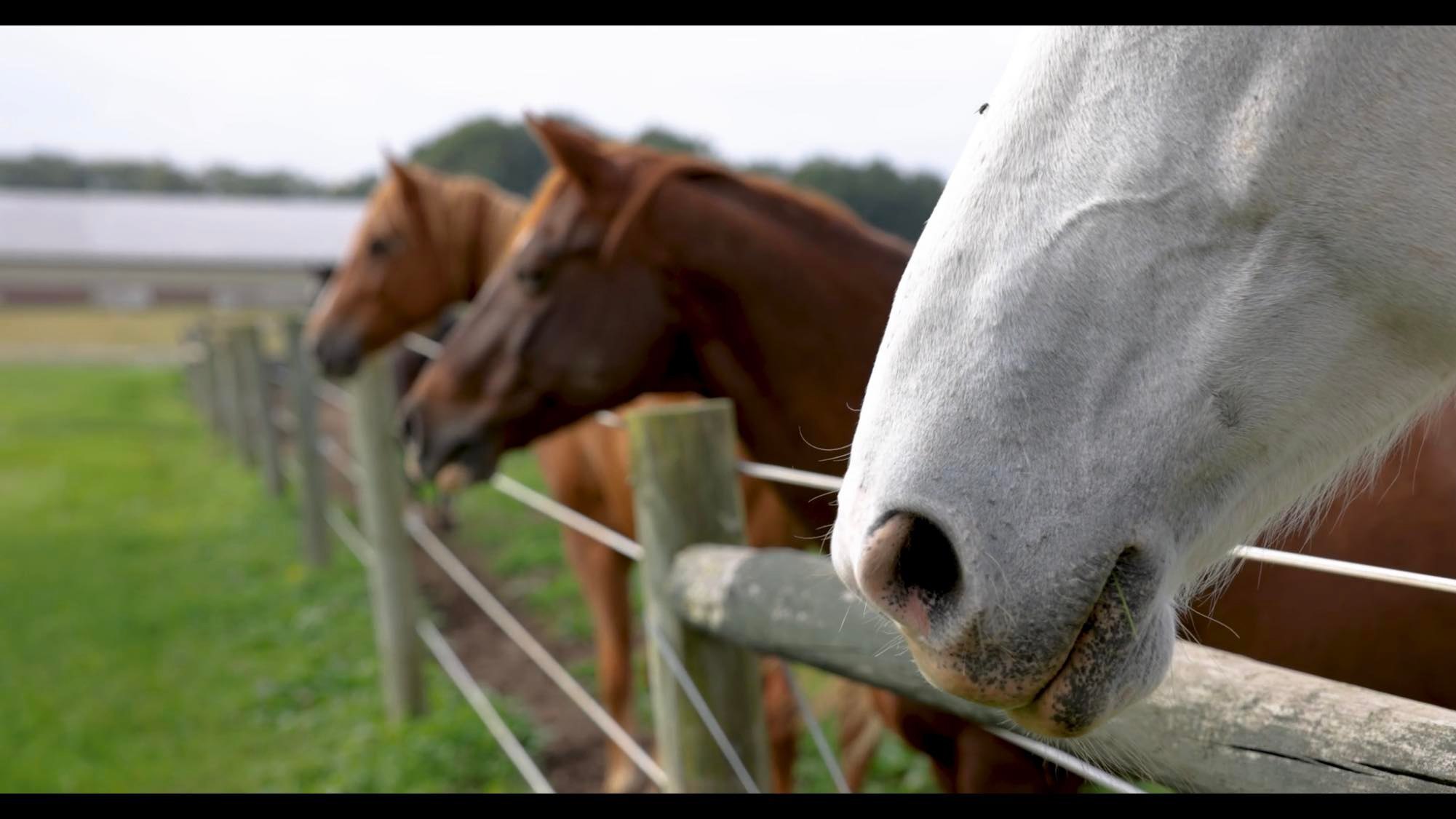

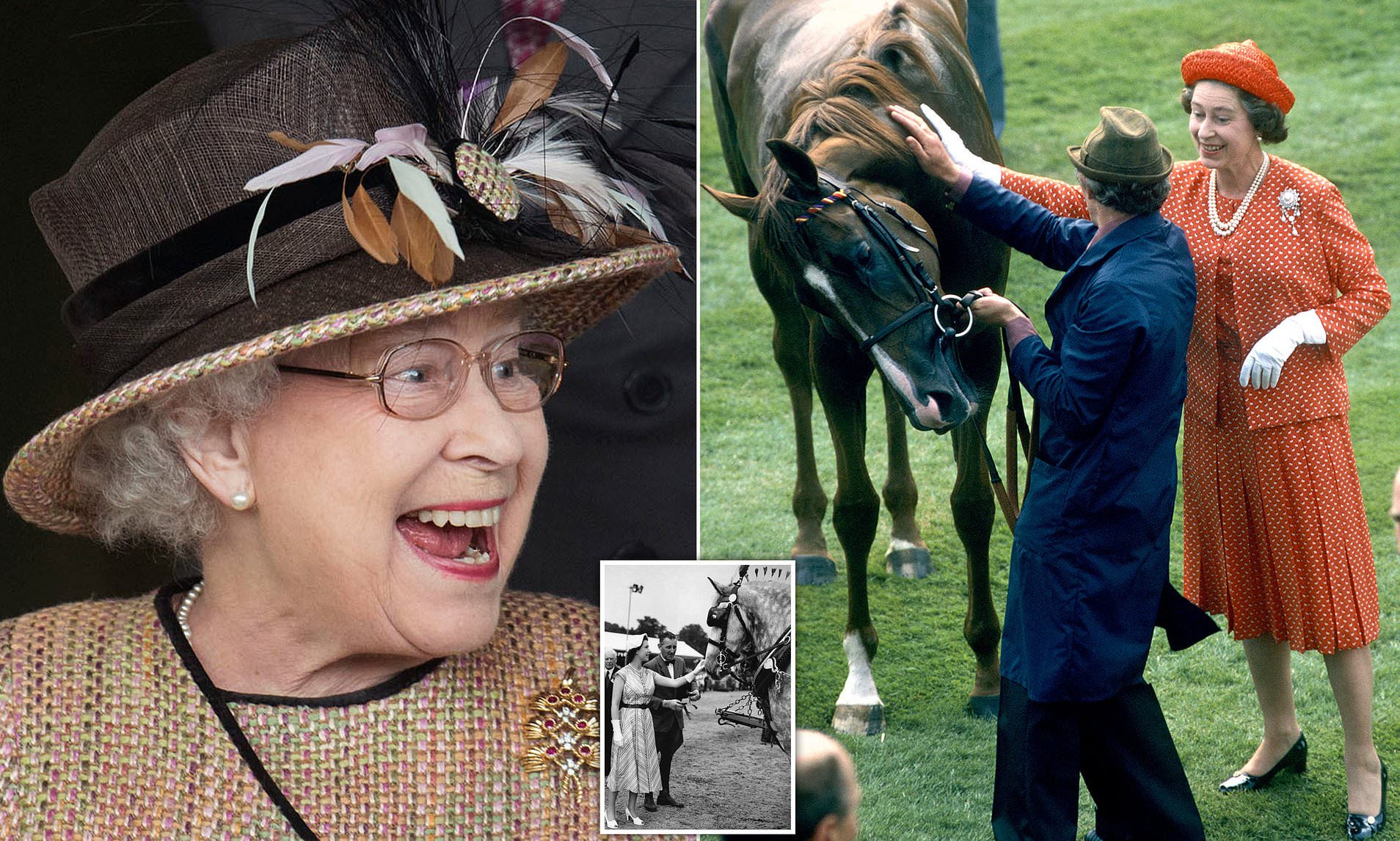
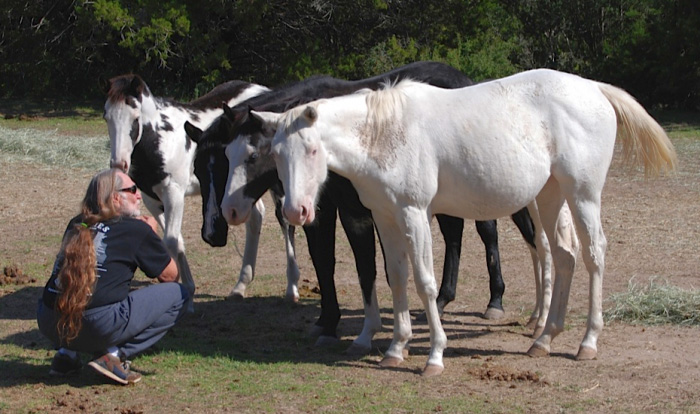

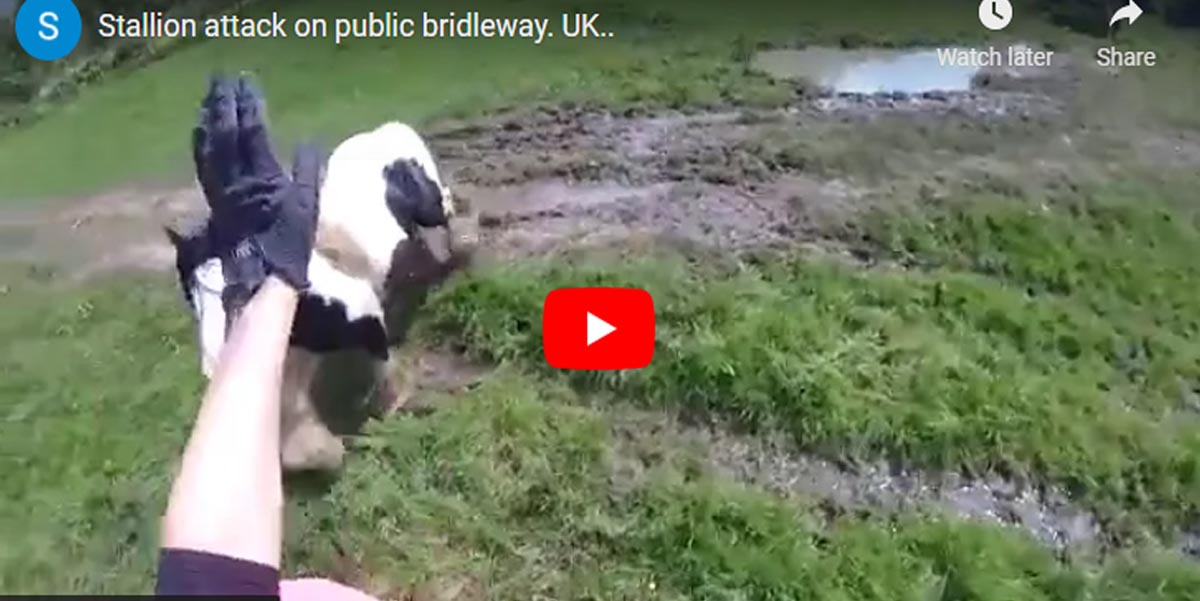
.jpg)
